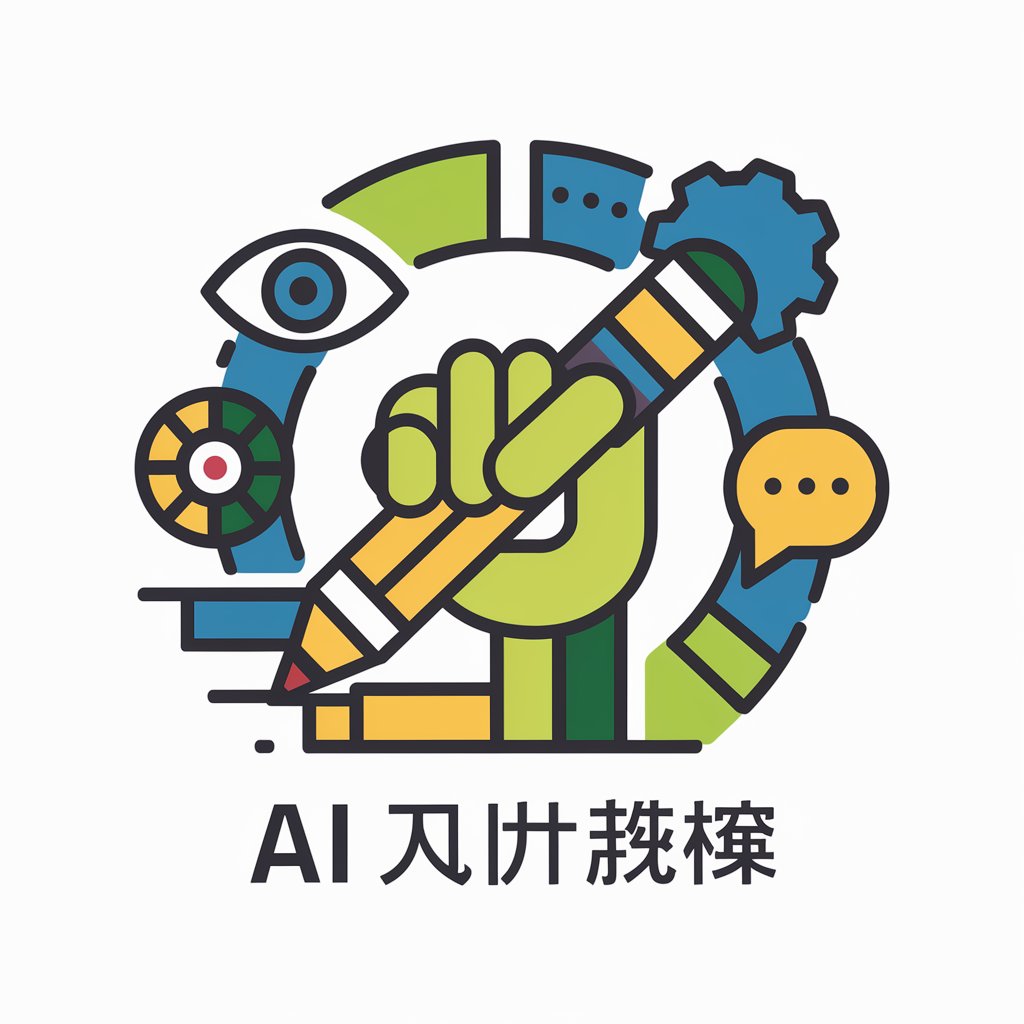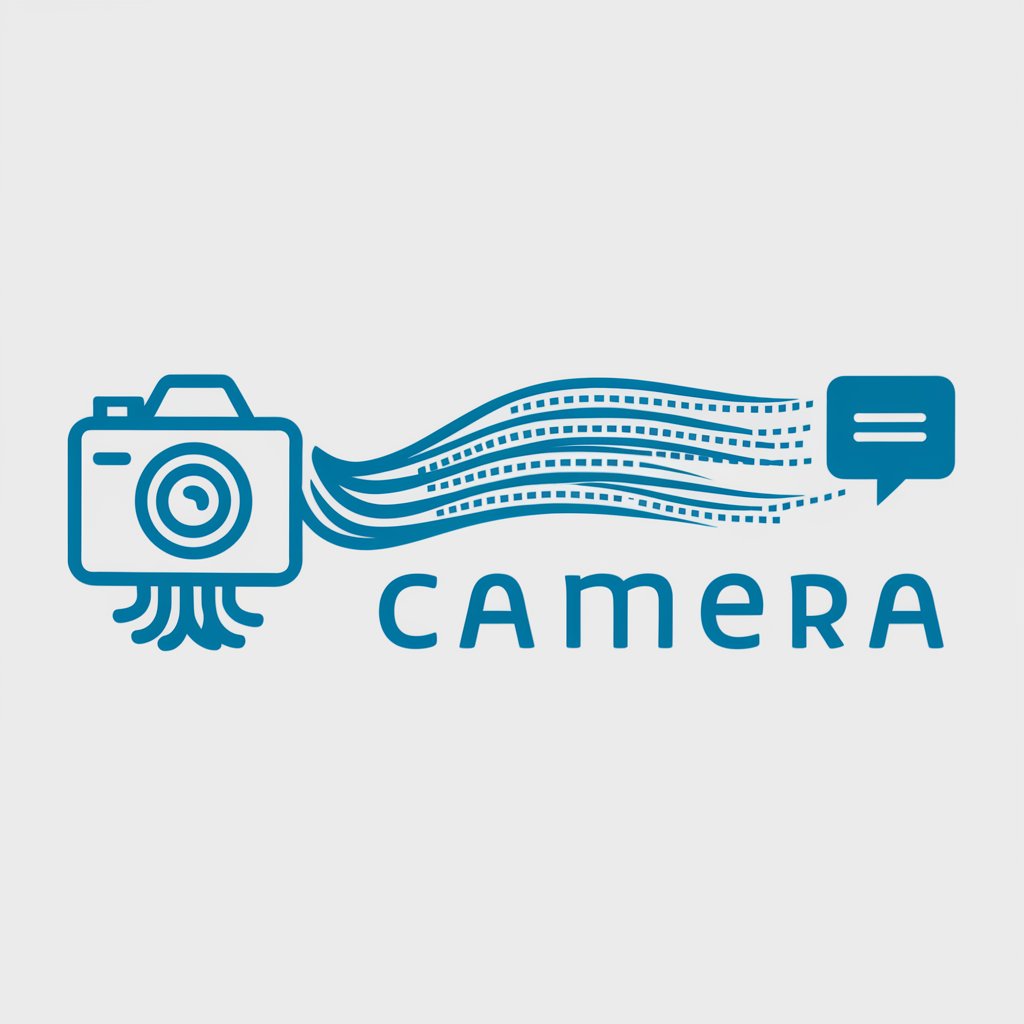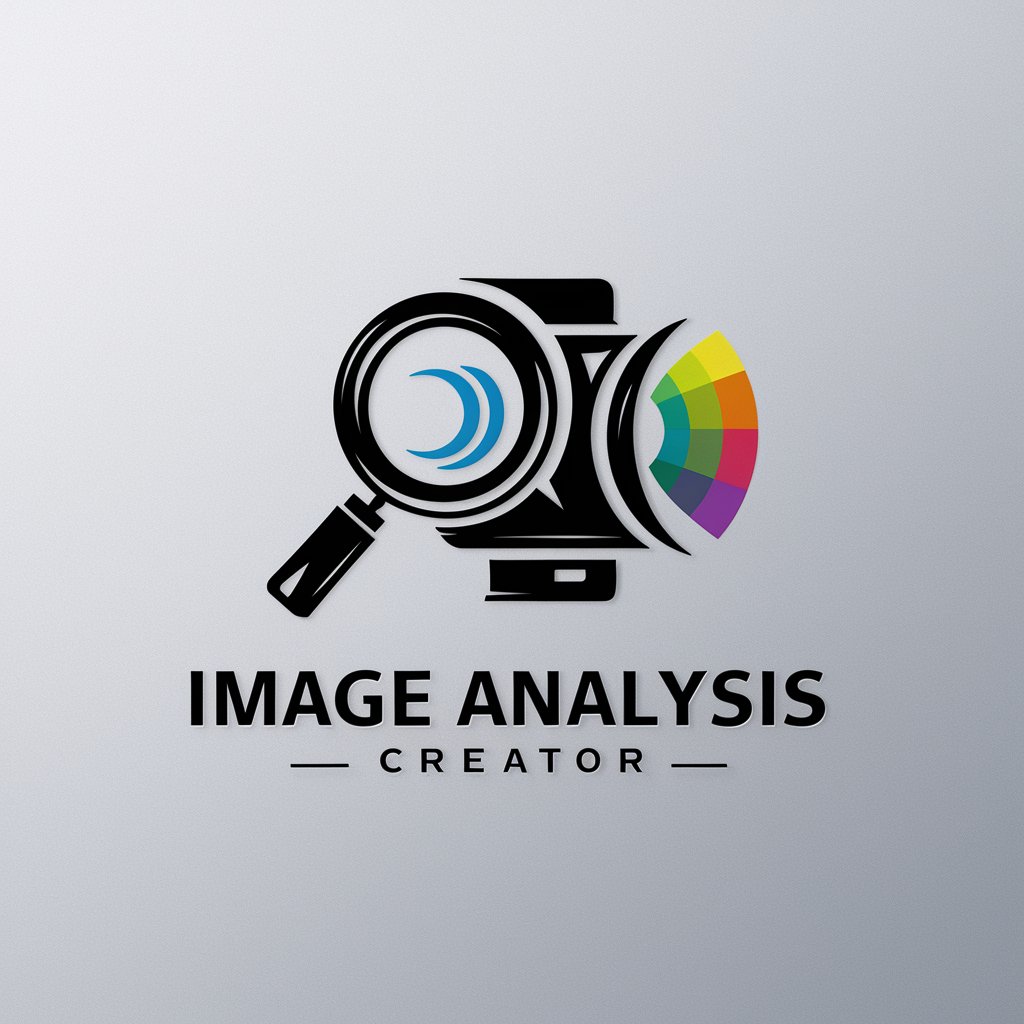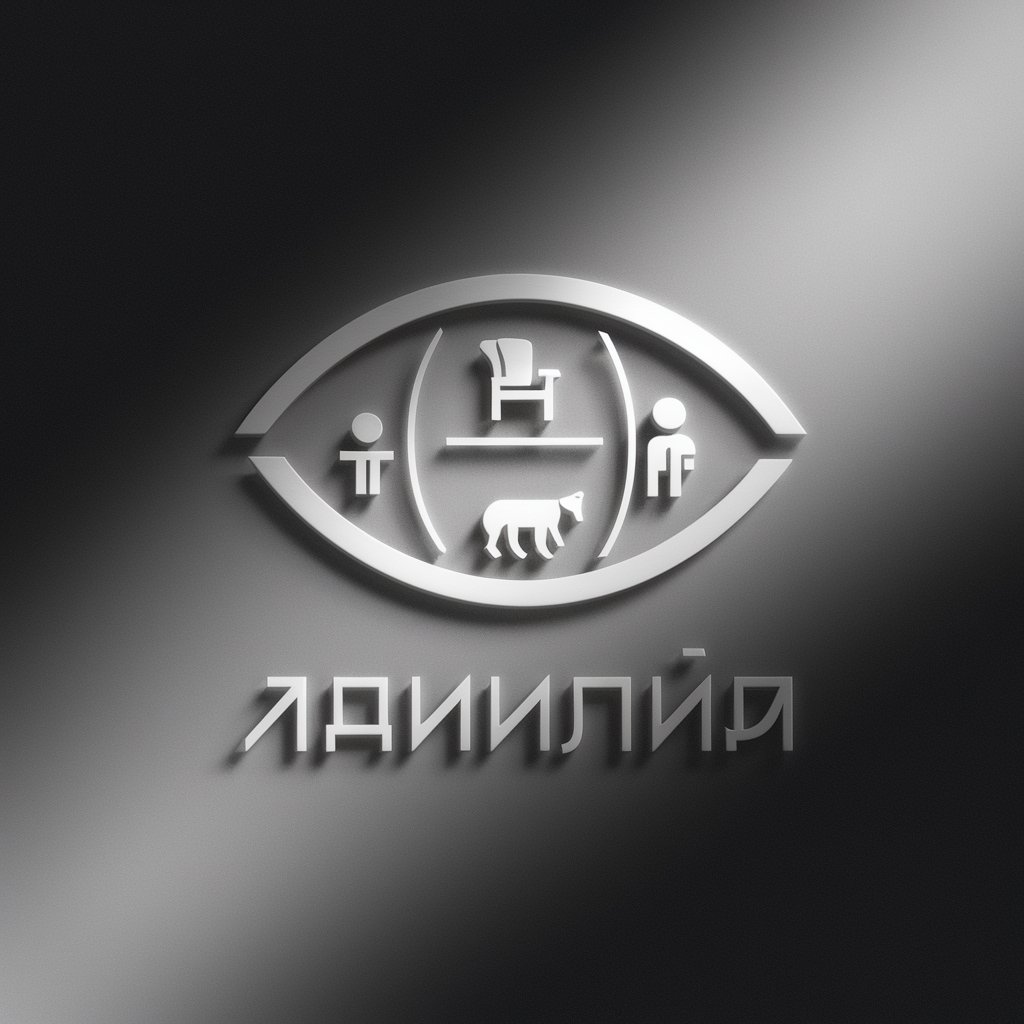
图像分析 - Efficient Image Analysis

AI-Powered Image Insights
GPT Navigator
执行action
Tiger Brokers
Askyourpdf
Get Embed Code
Introduction to Image Analysis
Image analysis encompasses a range of techniques and processes designed to extract meaningful information from images. It involves the application of algorithms and analytical methods to interpret the content, patterns, and features within images. The primary purpose of image analysis is to convert visual information into descriptive, quantitative, or actionable insights. This is achieved through various methods, including pattern recognition, object detection, and classification. For example, in medical imaging, image analysis algorithms can identify and classify tumors in MRI scans, aiding in early diagnosis and treatment planning. In environmental monitoring, satellite images are analyzed to detect changes in land use or to track deforestation. Powered by ChatGPT-4o。

Main Functions of Image Analysis
Object Detection
Example
Detecting cars and pedestrians in urban traffic to improve autonomous vehicle navigation.
Scenario
In autonomous driving systems, image analysis is used to interpret live camera feeds, identifying other vehicles, pedestrians, and road signs to make real-time navigation decisions.
Classification
Example
Sorting fruits on a production line based on ripeness.
Scenario
Image analysis algorithms classify images of fruits captured on a conveyor belt, sorting them into categories of ripeness. This process ensures quality control and optimizes the packaging process for distribution.
Feature Extraction
Example
Analyzing aerial imagery to identify different land use patterns.
Scenario
Using satellite images, image analysis techniques extract features such as water bodies, urban areas, and vegetation. This information is crucial for urban planning, environmental protection, and resource management.
Ideal Users of Image Analysis Services
Healthcare Professionals
Doctors and radiologists use image analysis to interpret medical scans, such as X-rays, MRIs, and CT scans, for diagnosing diseases, monitoring treatment progress, and planning surgeries.
Agricultural Managers
Farmers and agricultural scientists apply image analysis to drone or satellite images to assess crop health, estimate yields, detect pests, and manage water usage efficiently.
Urban Planners and Environmentalists
This group utilizes image analysis to understand and monitor urban expansion, land use changes, and environmental degradation, aiding in sustainable planning and conservation efforts.

How to Use Image Analysis
Start Your Journey
Begin by visiting yeschat.ai to access a free trial of the image analysis tool without the need for login or a ChatGPT Plus subscription.
Choose Your Image
Upload the image you want analyzed. Ensure the image is clear and adheres to the guidelines provided for optimal results.
Select Analysis Type
Choose the specific type of analysis you need, such as object detection, image classification, or sentiment analysis, based on your requirements.
Review the Results
After the analysis, review the detailed report provided. It includes information on detected objects, classifications, and other relevant data.
Apply Insights
Use the insights gained from the analysis to inform decisions or improve understanding. Consider re-analyzing with adjusted parameters for more depth.
Try other advanced and practical GPTs
トレンド分析
Unlocking Future Insights Today
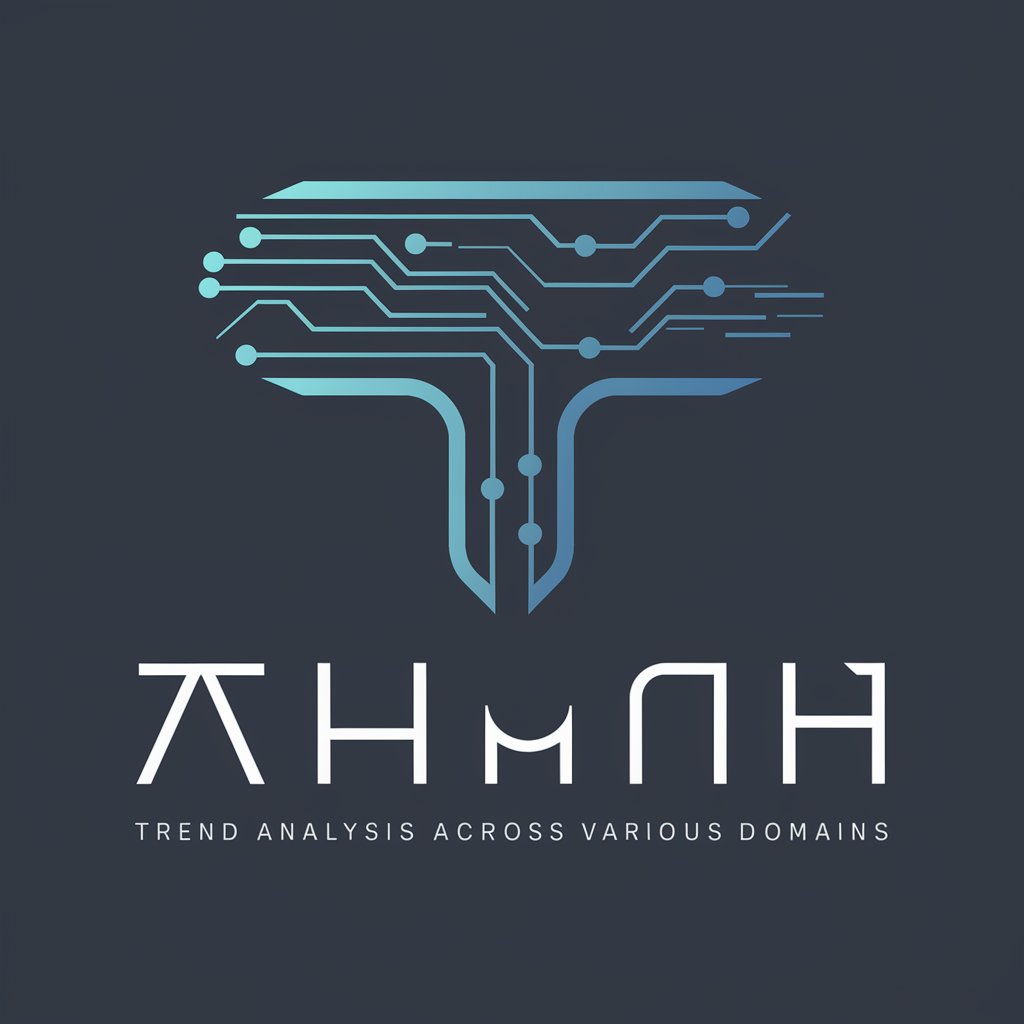
分析助理
Unlock Deeper Understanding with AI

Video Transcriber
Transforming Webinars into Actionable Insights
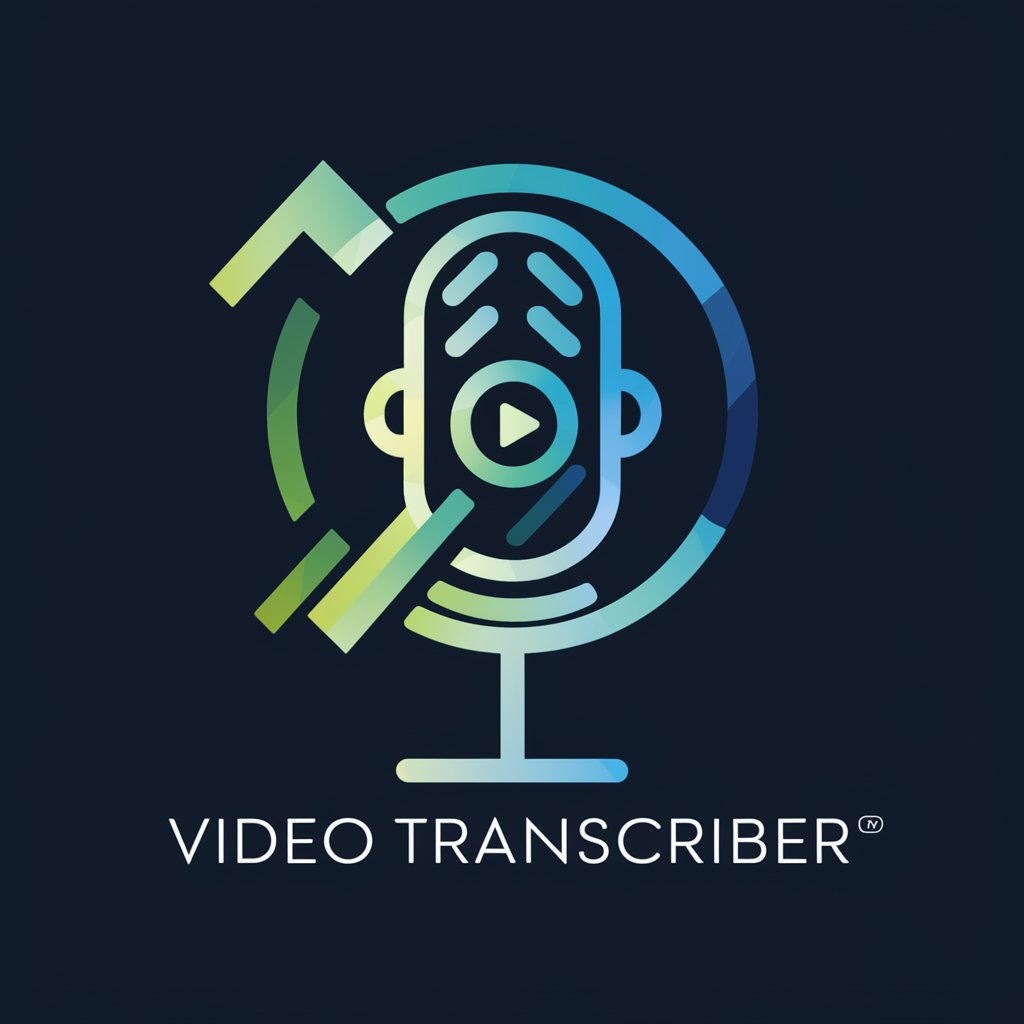
Video Summarizer
Summarize videos swiftly with AI power
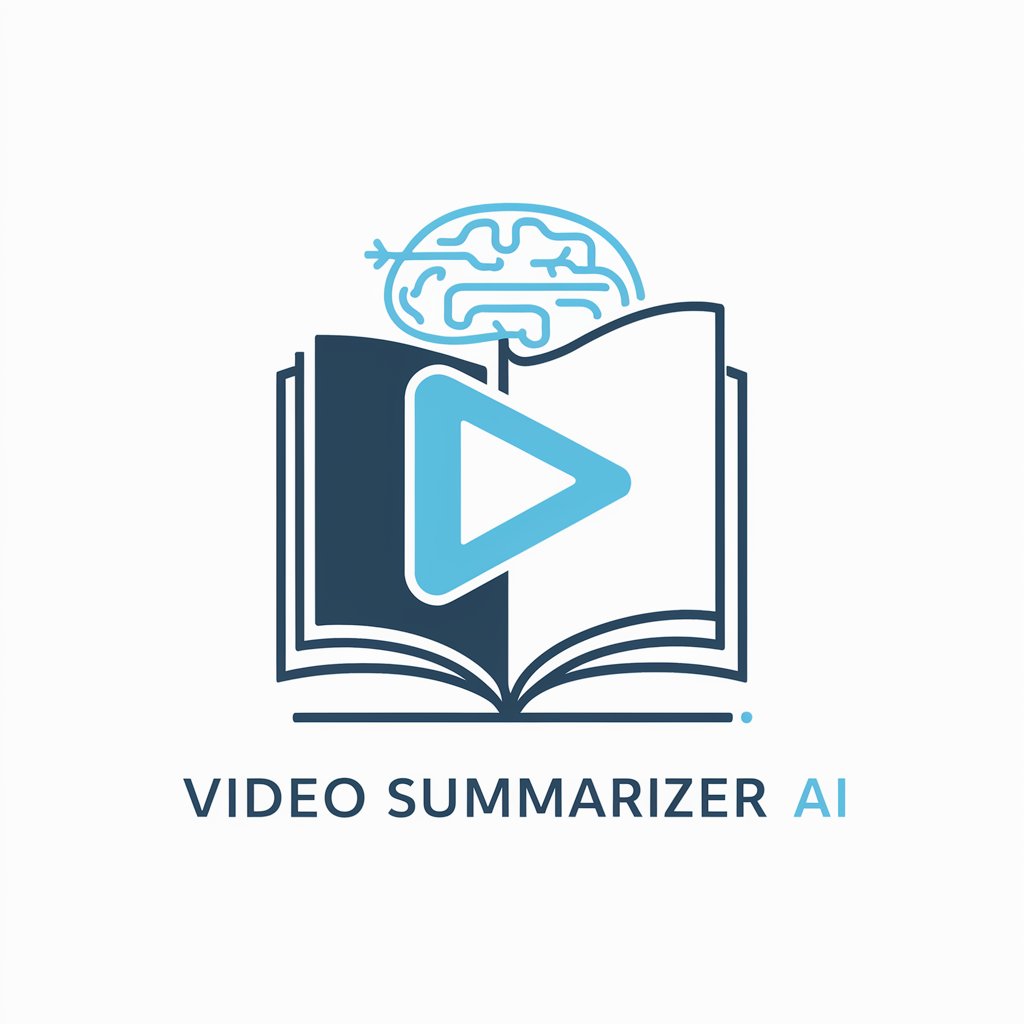
Video Muse
Craft Your Story with AI

Video Visionary
Elevate Your Videos with AI Insight
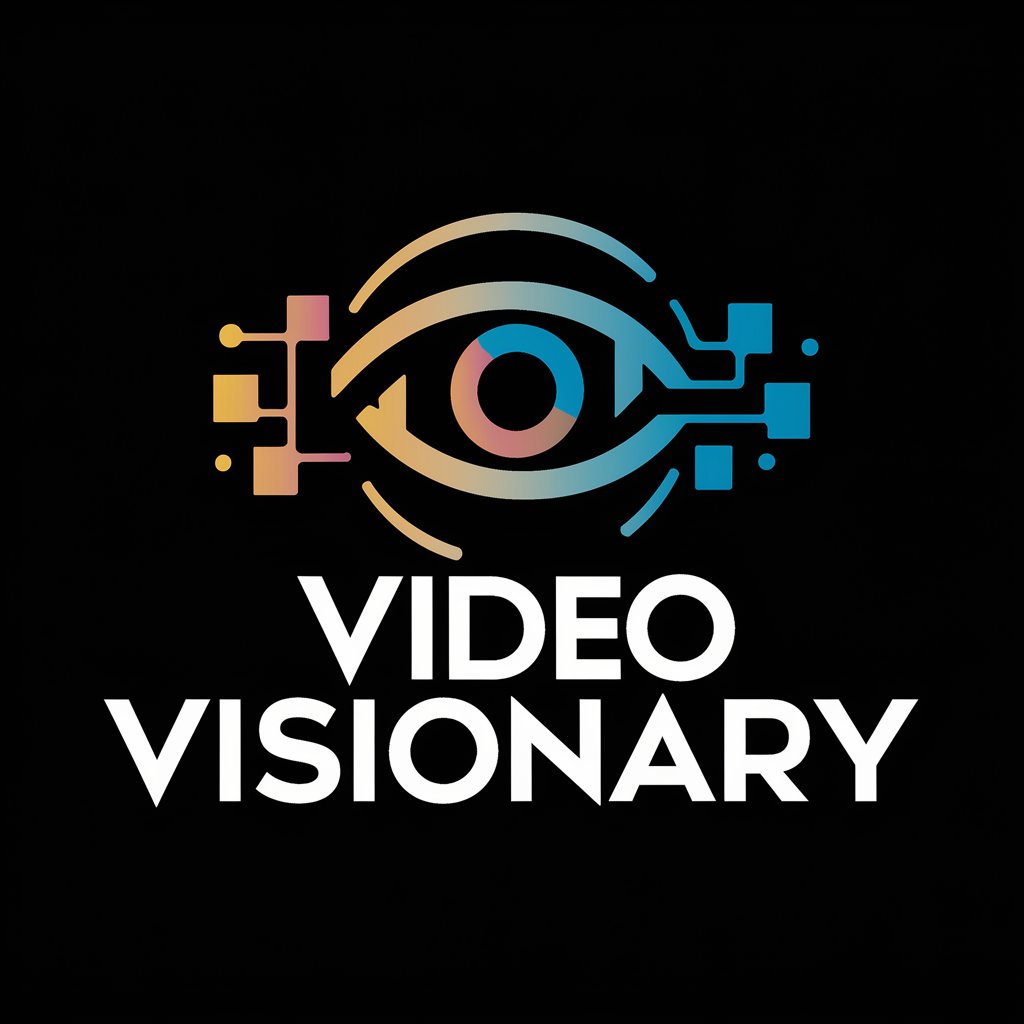
AI×ブレインストーミングツール
Unleash Creativity with AI
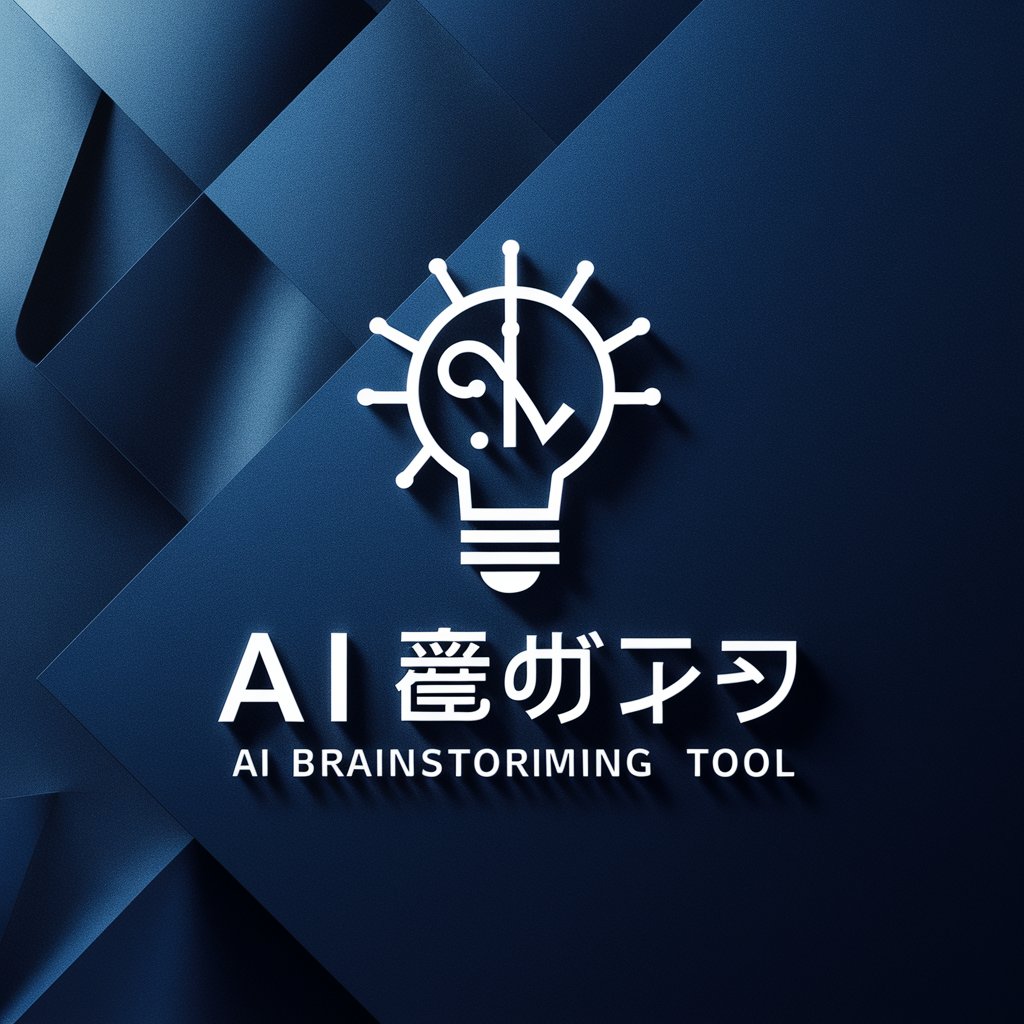
要点
Simplify Reading, Power Your Understanding
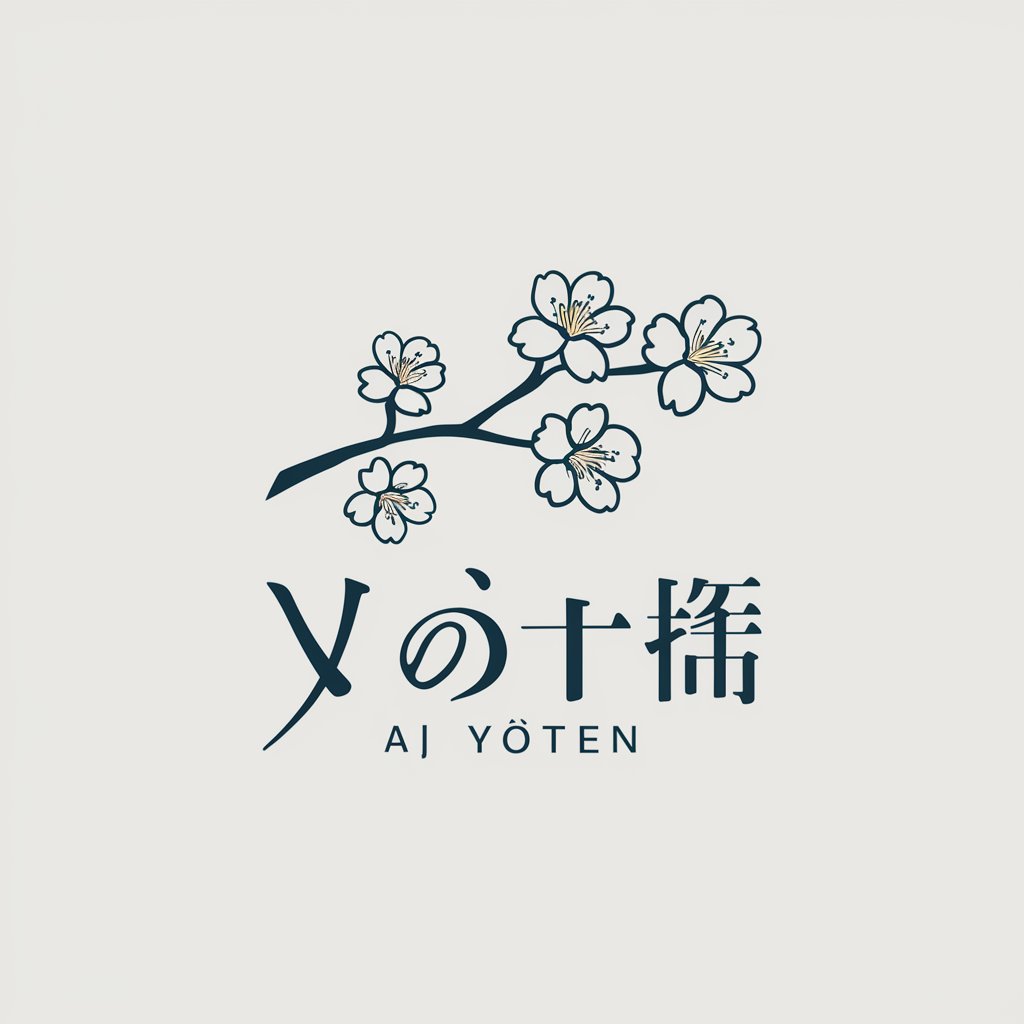
伽利
Power your database with AI
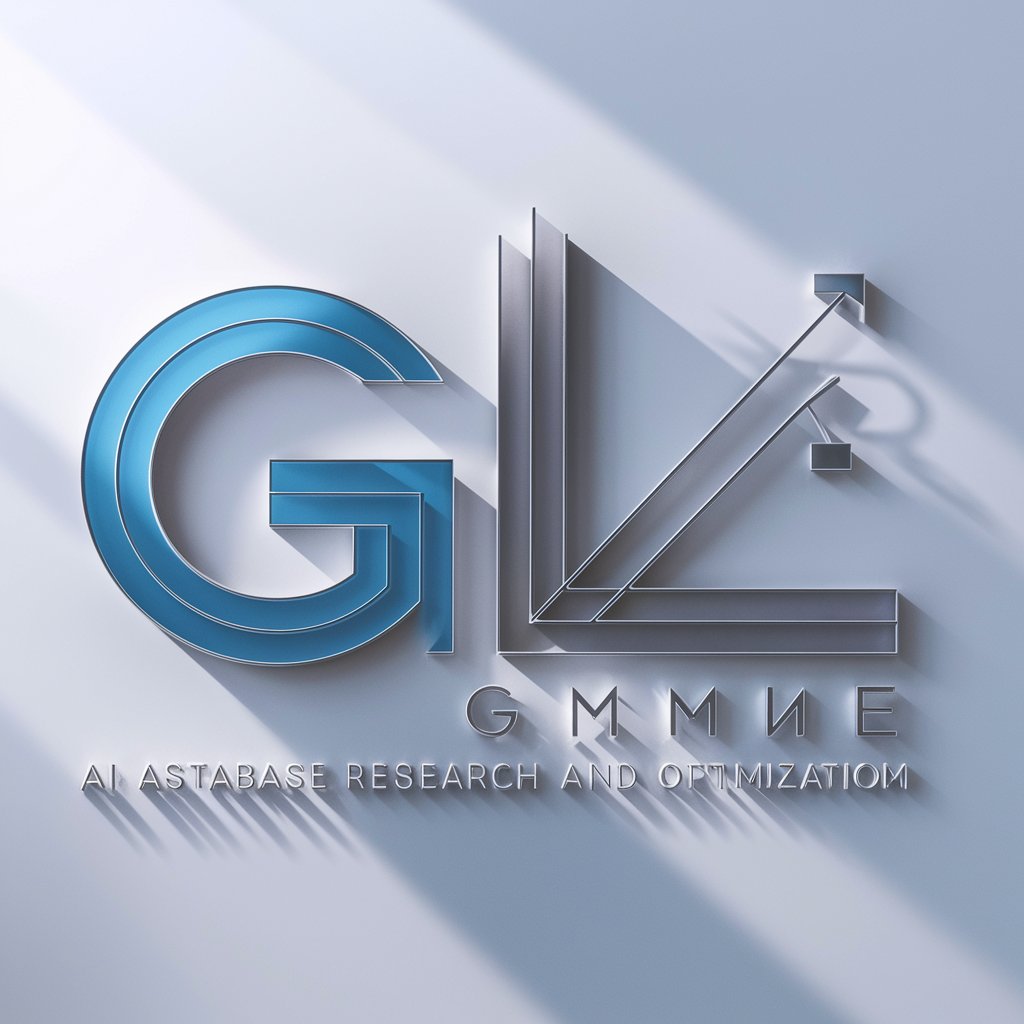
100点姿勢
Elevate Your Posture with AI
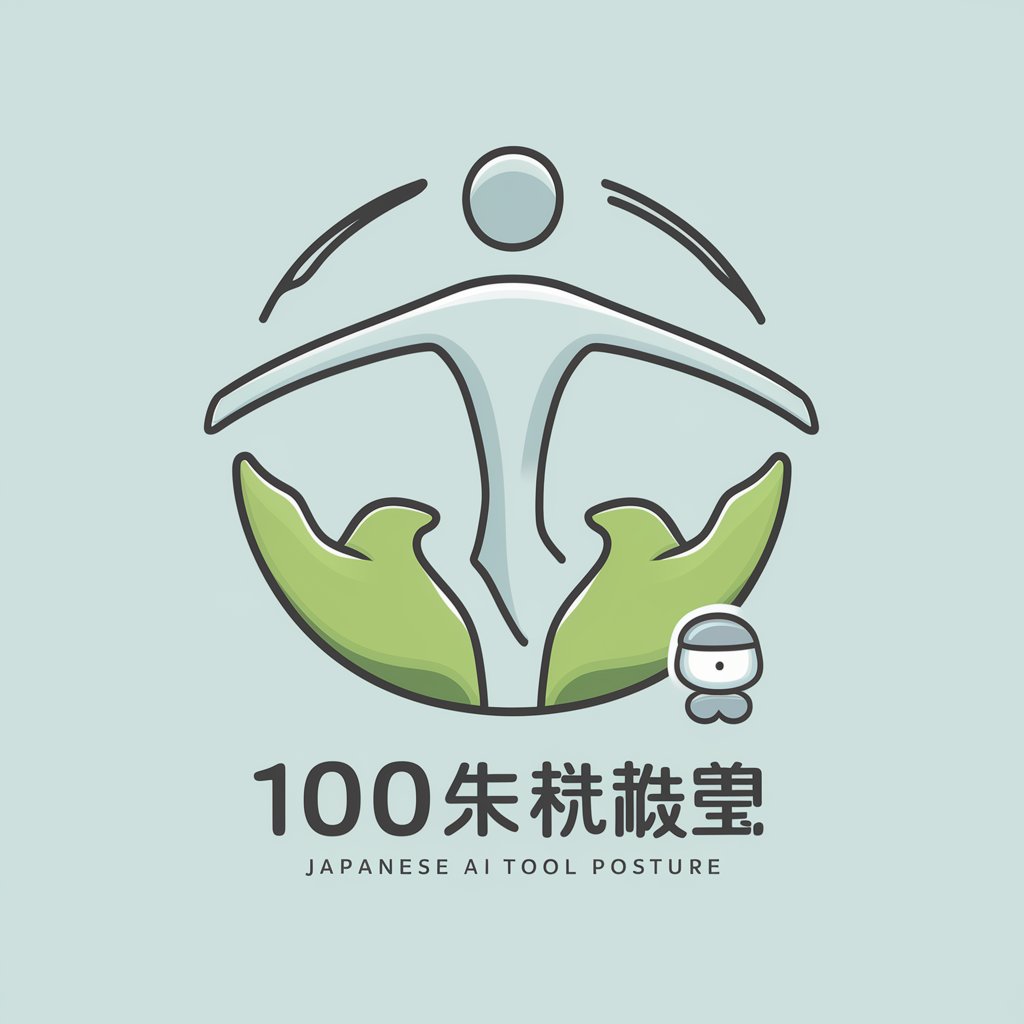
法拉利
Harness the Power of AI for Enhanced Information

说点别的
Engage, Learn, and Explore with AI
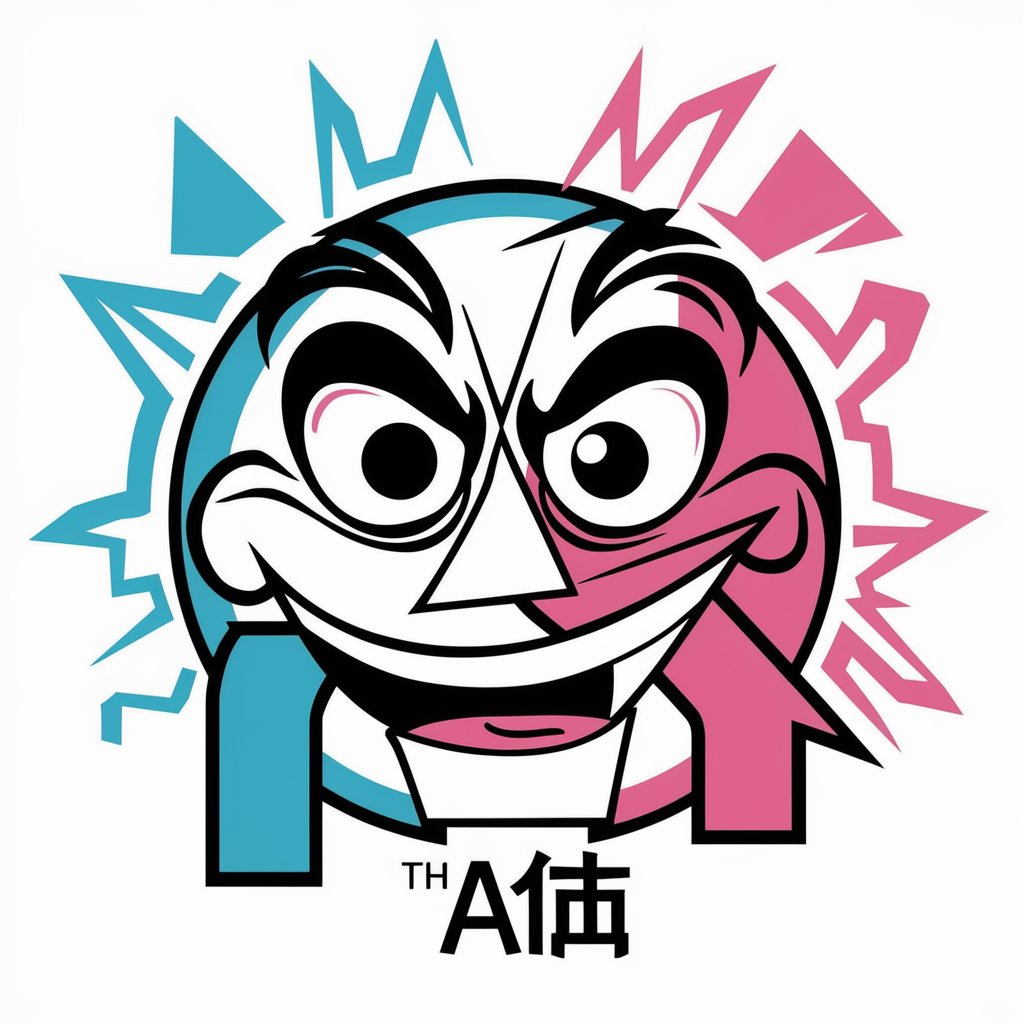
Frequently Asked Questions About Image Analysis
What is image analysis?
Image analysis is the process of extracting meaningful information from images through various computational techniques. It can include object detection, image classification, and feature extraction.
Can it recognize faces?
Yes, one common application of image analysis is facial recognition, which can identify individual faces within images by analyzing facial features and comparing them to known faces.
How accurate is image analysis?
The accuracy of image analysis can vary based on the quality of the image, the complexity of the scene, and the specific algorithms used. High-quality images with clear distinctions between objects tend to yield more accurate results.
Can I use it for real-time analysis?
Yes, some image analysis tools are designed for real-time analysis, allowing for the processing of video feeds or live images for applications such as surveillance or live event monitoring.
Are there privacy concerns?
Yes, especially with applications like facial recognition, it's important to consider privacy laws and ethical guidelines to ensure that the use of image analysis respects individual privacy rights.


